Travel budgeting doesn’t have to feel like solving a math equation while blindfolded. Most people either wing it (and panic when their bank account hits zero in Bangkok) or create elaborate spreadsheets—only to abandon them after the first unexpected gelato purchase in Rome. The truth is, effective travel budgeting works best when it’s simple enough to actually follow and flexible enough to handle real-world situations.
Smart travelers have developed practical methods that work whether you’re planning a weekend getaway or a months-long adventure. Here is a list of 20 travel budgeting methods that have proven themselves in the real world.
50/30/20 Travel Adaptation

Take the classic budgeting rule and flip it for travel planning. Allocate 50% of your travel budget to essentials like flights and accommodation, 30% to experiences and activities, and 20% to food and miscellaneous expenses.
This framework prevents you from blowing your entire budget on a fancy hotel and then surviving on convenience store snacks for the rest of your trip.
Cash Envelope System
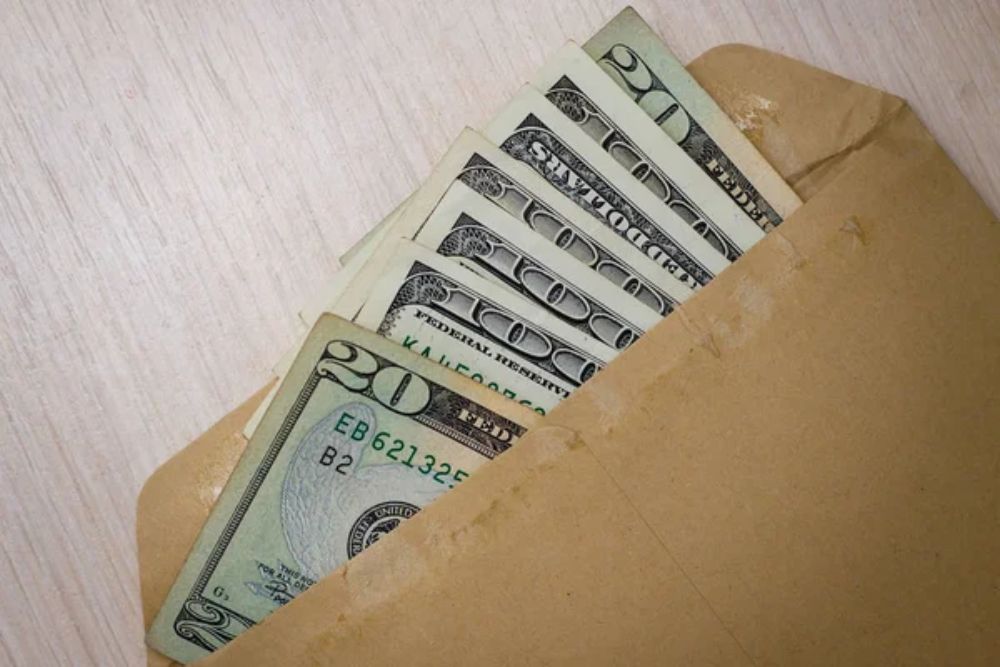
Old-school but bulletproof, this method involves dividing your daily travel budget into physical envelopes or separate wallet compartments. When the day’s envelope is empty, you’re done spending until tomorrow.
It’s impossible to accidentally overspend when you physically can’t access more money, and it works especially well in cash-heavy destinations where card payments aren’t always accepted.
Like Travel Pug’s content? Follow us on MSN.
Automatic Travel Fund
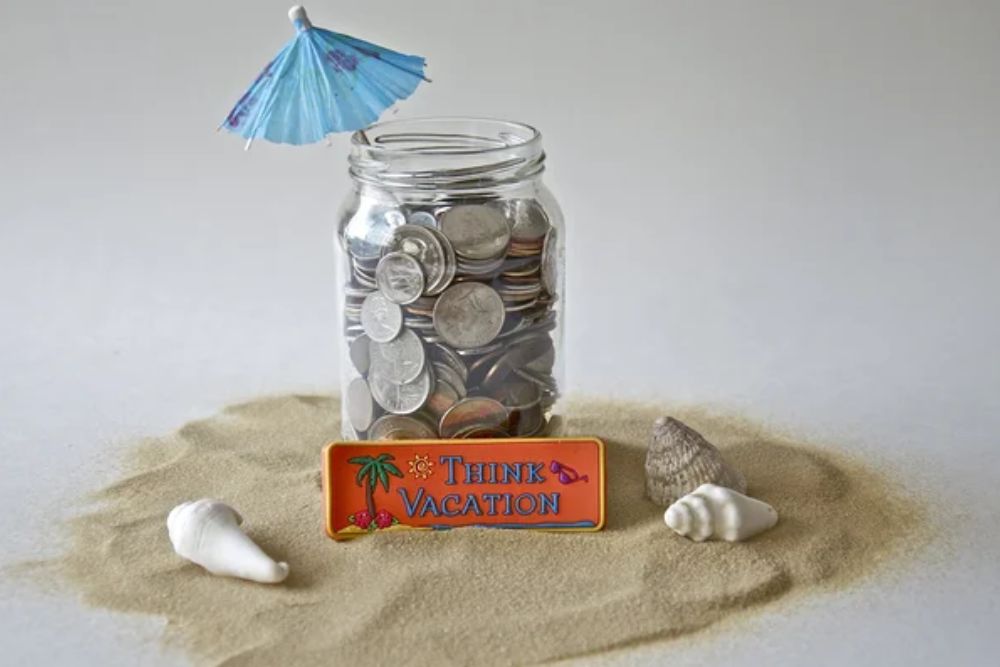
Set up an automatic transfer that moves a fixed amount from your checking account to a dedicated travel savings account every month. Even $50 monthly adds up to $600 annually, enough for a solid domestic trip.
The beauty lies in automation—you can’t spend money that disappears before you notice it’s gone.
The 1% Strategy

Save 1% of your annual income specifically for travel, then use that figure to determine realistic destinations and trip lengths. Someone earning $60,000 would have $600 for travel, which might mean a domestic road trip rather than European adventures.
This method forces honest conversations with yourself about what’s affordable given your current situation.
Destination Cost Research

Spend time researching actual costs in your chosen destination before you travel, not just during the planning phase, daydreaming. Check grocery store prices, local transport costs, and average meal prices in regular restaurants rather than tourist zones.
This research helps set realistic daily budgets and prevents the shock of discovering that a basic sandwich costs $15 in certain cities.
Like Travel Pug’s content? Follow us on MSN.
Shoulder Season Booking
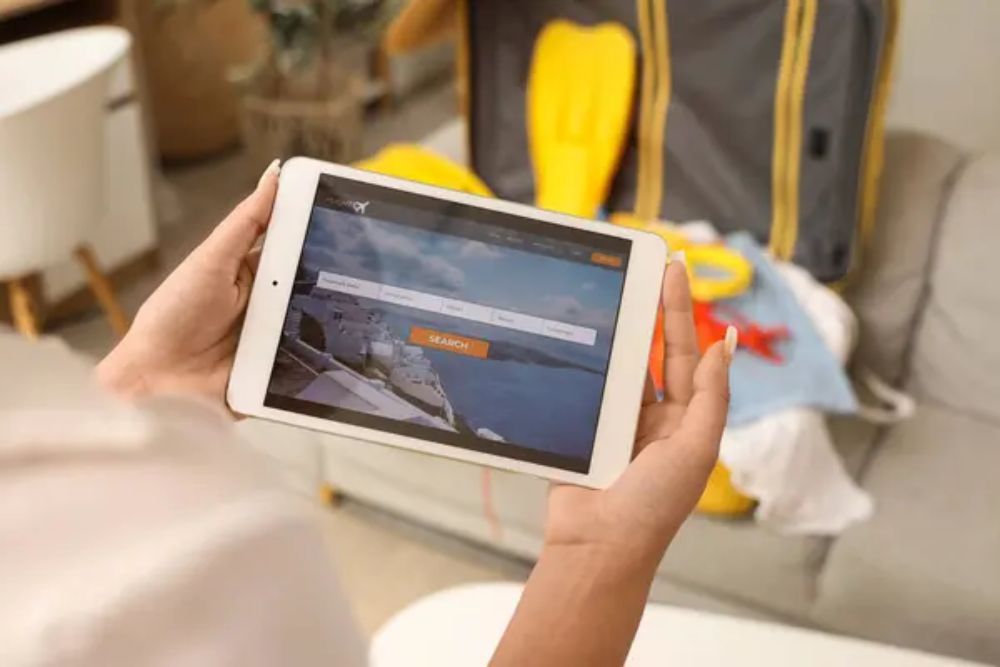
Travel during shoulder seasons—those sweet spots between peak and off-season when weather is still decent but crowds and prices drop significantly. You’ll often save 30-50% on accommodation and flights while still enjoying good weather and open attractions.
Europe in late spring or early fall, Caribbean islands in late spring, and many Asian destinations during their dry seasons offer this perfect balance.
Tuesday Flight Searches
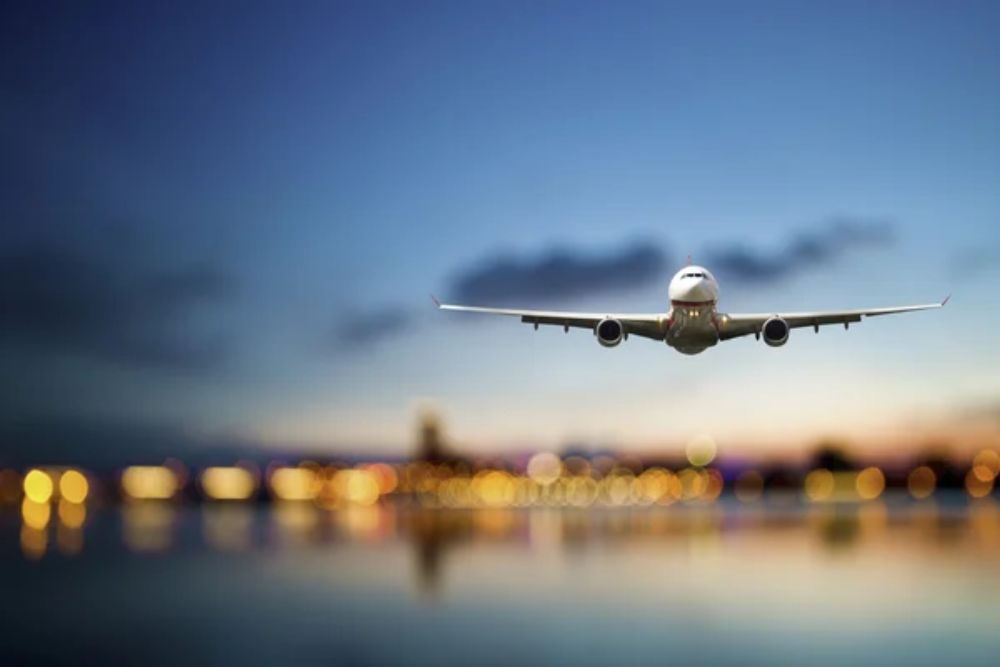
Airlines often release deals on Tuesday afternoons, making Wednesday a prime day for finding lower fares. More importantly, flying on Tuesdays and Wednesdays typically costs less than weekend departures.
This isn’t just travel folklore—the data consistently shows midweek flights cost 10-15% less than weekend options for the same routes.
Accommodation Stepping Down

Book accommodation that’s one level below your normal comfort standards, then use the savings for experiences. If you usually stay in hotels, try well-reviewed hostels with private rooms. Hotel people might consider vacation rentals, while vacation rental fans could explore guesthouses.
The money saved often covers several memorable meals or activities.
Like Travel Pug’s content? Follow us on MSN.
Public Transport First

Use local public transportation instead of taxis, ride-shares, or tour company transport whenever possible. A metro day pass that costs $8 can replace four $12 taxi rides, saving you $40 while giving you a more authentic local experience.
Many cities offer tourist transport cards that include buses, trains, and sometimes museum entries for additional value.
Grocery Store Breakfast

Stock up on breakfast items from local grocery stores rather than eating every meal in restaurants. Yogurt, fruit, pastries, and coffee from a supermarket typically cost less than a restaurant breakfast.
This strategy also allows you to try local products that you wouldn’t find in restaurants, while saving money for more interesting lunch and dinner experiences.
Happy Hour Intelligence

Research happy hour timing and locations in your destination before you arrive. Many cities have excellent happy hour deals that can cut your food and drink costs by 50% while still providing quality experiences.
Some places offer all-day happy hours on specific weekdays, turning budget constraints into local discovery opportunities.
Like Travel Pug’s content? Follow us on MSN.
Free Walking Tour Strategy

Join free walking tours in every city you visit, then tip based on value received rather than paying fixed tour prices upfront. These tours often offer better local insights than expensive, organized tours, while allowing you to control your costs.
Many free tour guides also offer recommendations for affordable local restaurants and activities that aren’t in guidebooks.
City Tourist Cards

Investigate whether city tourist cards actually save money based on your planned activities. Many cities offer cards that combine public transport with museum entries and restaurant discounts.
Calculate the individual costs of everything you want to do, then compare against the card price—sometimes they’re great deals, other times they’re expensive convenience.
Kitchen Access Priority

Choose accommodation with kitchen access whenever possible, even if it costs slightly more upfront. Cooking even half your meals can dramatically reduce daily expenses, especially in expensive destinations.
A $20 kitchen fee for a week-long stay pays for itself with one avoided restaurant meal in most major cities.
Like Travel Pug’s content? Follow us on MSN.
Travel Rewards Focus

Use a travel rewards credit card for all purchases leading up to your trip, paying it off monthly to avoid interest charges. The points or miles earned from normal spending can cover flights or provide hotel discounts.
Focus on cards that match your spending patterns rather than chasing signup bonuses that require unrealistic spending levels.
Error Fare Alerts

Sign up for error fare alert services that notify you when airlines accidentally publish deeply discounted tickets. These mistakes happen regularly and can result in international flights for 70-80% off normal prices.
You need flexibility with dates and destinations, but the savings can fund entire trips that wouldn’t otherwise be affordable.
Slow Travel Approach

Stay longer in fewer places rather than rushing through multiple destinations. Weekly or monthly accommodation rates are often significantly cheaper than nightly rates, and longer stays reduce transportation costs between locations.
You’ll also have time to find local grocery stores, affordable restaurants, and free activities that short-term visitors miss.
Like Travel Pug’s content? Follow us on MSN.
Emergency Buffer Fund

Keep 20-25% of your total travel budget in a separate, easily accessible account that you only touch for genuine emergencies or unexpected opportunities. This buffer prevents small surprises from derailing your entire trip and removes the stress of perfectly calculated budgets.
Sometimes the best travel experiences are unplanned, and having emergency funds lets you say yes to spontaneous adventures.
Weekday Activity Scheduling

Plan expensive activities and attraction visits for weekdays when possible, as many places offer lower weekday pricing. Museums, tours, and even some restaurants provide weekday discounts that can add up to significant savings over a longer trip.
This strategy also means smaller crowds and better photo opportunities.
Local Currency Advance Planning
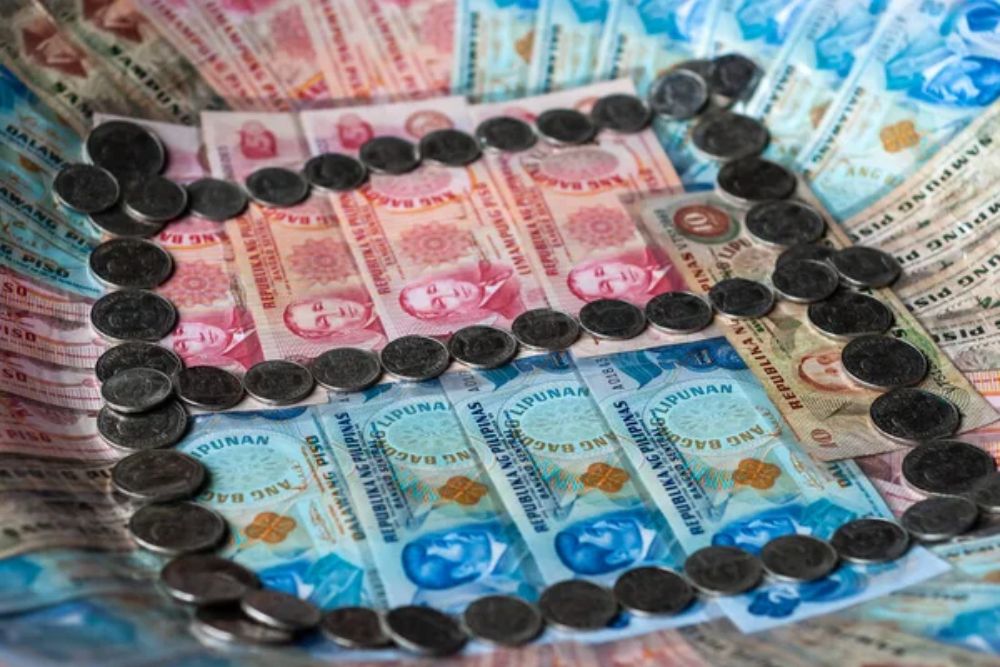
Research the best ways to access local currency before you travel, avoiding airport exchange counters and high ATM fees. Some bank accounts offer fee-free international ATM access, while others charge $5 per transaction, which adds up quickly.
Understanding currency exchange options beforehand prevents expensive mistakes and helps you budget more accurately.
Like Travel Pug’s content? Follow us on MSN.
Money Meets Miles

These budgeting methods work because they acknowledge that travel money behaves differently than everyday spending—it’s concentrated in time, often involves unfamiliar currencies, and happens when you’re in vacation mode and more likely to splurge. The most successful travel budgeters treat their money like a finite resource that needs strategic allocation rather than hoping everything will work out.
Whether you’re planning a weekend escape or a year-long adventure, having systems in place removes the guesswork and anxiety from travel finances. The goal isn’t to spend as little as possible, but to spend intentionally, so your money creates the experiences that matter most to you.
More from Travel Pug

- 20 Best Beach Towns in the Carolinas
- 13 Destinations Where Tourists Regularly Regret Their Trip
- 20 Destinations That Are More Magical Without an Itinerary
- 20 Underrated Adventures That Belong on Your Travel List
- 20 Cities Where You Should Just Wing It, No Planning Required
Like Travel Pug’s content? Follow us on MSN.
